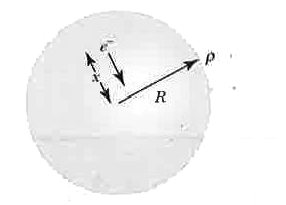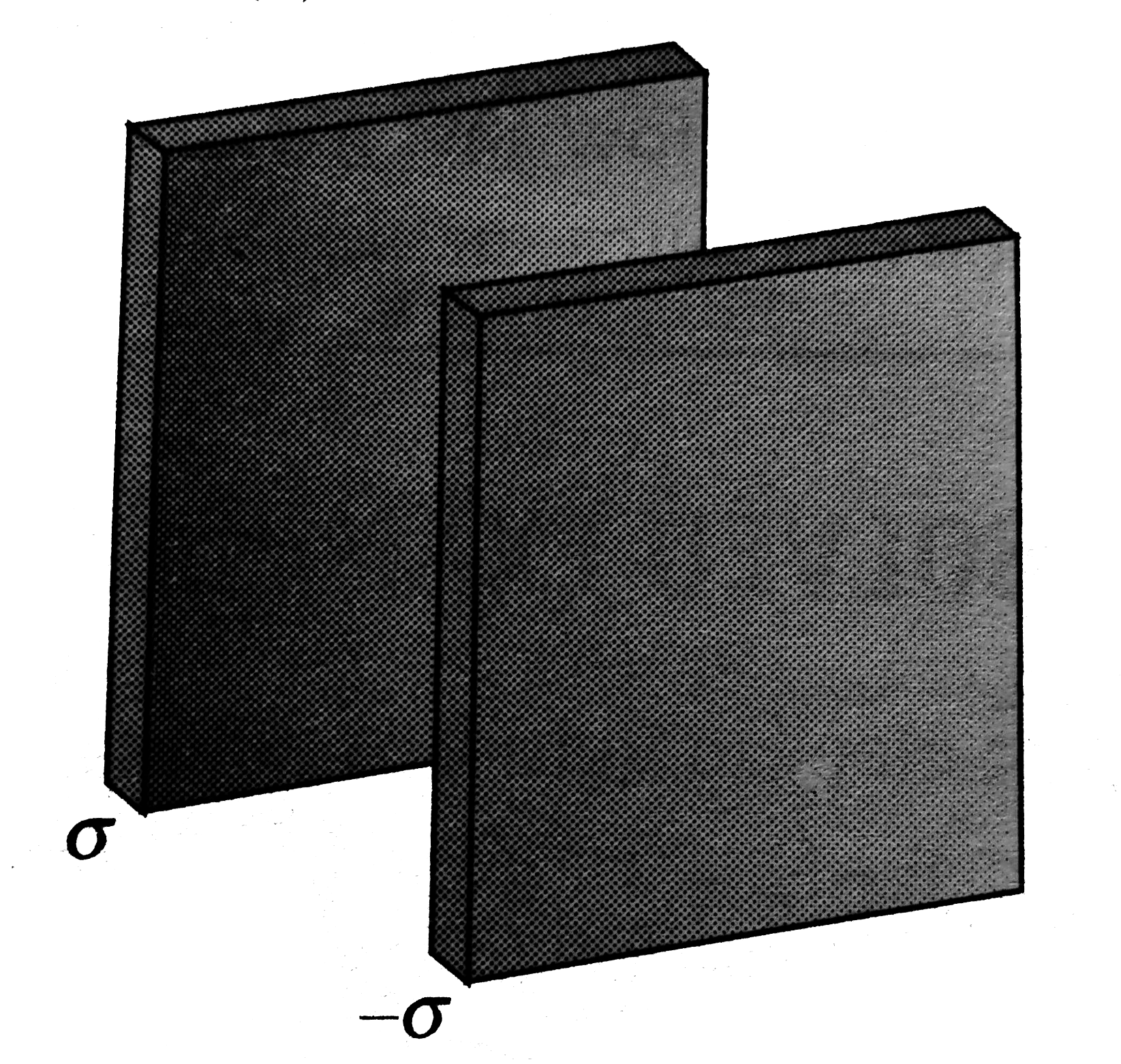Complete Solutions to SAMPLE PROBLEM of chapter GAUSS' LAW of Class 12 book with complete answers and questions
| Class 12 | PHYSICS |
| Chapter | GAUSS' LAW |
| RESNICK AND HALLIDAY | SAMPLE PROBLEM |
| Number Of Questions | 12 |
| Academic Year | 2023-24 |
Consider a cylindrical surface of radius R and length l in a uniform electric field E. Compute the electric flux if the axis of the cylinder is parallel to the field direction.
View SolutionA cube has sides of length L. It is placed with one corner atAthe origin as shown in figure. The electric field is uniform and given by `E = - B hati + Chatj - Dhatk`, where B, C and D are positive constants.

(a) Find the electric flux through each of the six cube faces `S_1, S_2, S_3 , S_4 and S_5 and S_6`.
(b) Find the electric flux through the entire cube.
View SolutionCalculation the flux through the flat disk held perpendicular to the end of a semi-infinite wire of charge per unit length l. The radius of the disk is R

View Solutionshows five charged lumps of plastic and an electrically neutral coin. The cross sectio of a Gaussian surface S is indicated. What is the net electric flux through the surface if `q _(1) =q _(4) +3.1nC, q _(2)=q _(5)=-5.9nC and q_(3)=-3.1nC` ?

Five plastic objects,each with an electric charge, and a coin, which has no net charge, A Gaussian surface, shown in cross section, encloses three of the plastic objects and the coin.
View SolutionFinding flux due to a point charge through a disk. The line joining the charge to the center of the disk is perpendicular to the disk.

View Solutionshows, in cross section, a plastic, spherical shell with uniform charge `Q =-16e` and radius `R = 10cm.` A particle with charge `q = + 5e` is at the center. What is the electric field (magnitude and direction) at (a) point `P _(1)` at radial distance `r _(1) = 6.00cm` and (b) point `P _(2)` at radial distance `r _(2) =12.0cm` ?
View Solutionकिसी आवेशित संधारित पर नेट आवेश कितना होता हैं?
View SolutionFigure shows a cross-section ofa spherical metal shell of inner radius R and out radius ZR. A point charge q is ·located at a distanceR/2 from the centre of the shell. If the shell is electrically neutral, then which of the following statements is/are correct :

View Solutiona nonconducting spherical shell of inner radius `a = 2. 00` cm and outer radius `b =2.40` cm has (within its thickness) a positive volume charge density `rho =A//r,` where A is a constnat and r is the distance from the center of the shell. In addition, a small ball of charge `q=45.0` fC is located at that center. What value should A have if the eletric field in the shell `(a lt b lt c)` is to be uniform ?

View SolutionAn electron is releaed from the surface of a uniformly and positively charged sphere (volume charge density r, fig) Show that the electron will exceute SHM and find its time period

View SolutionUpward streamer in a lightning storm. The woman in was standing on a lookout platform high in the Sequoia National Park when a large storm cloud moved overhead. Some of the conduction electrons in her body were driven into the ground by the cloud's negatively charged base leaving her positively charged. You can tell she was highly charged because
her hair strands repelled one another and extended away from her along the electric field lines produced by the charge on her.
Lightning did not strike the woman, but she was in extreme danger because that electric field was on the verge of causing electrical breakdown in the surrounding air. Such a breakdown would have occurred along a path extending away from her in what is called an upward streamer. an upwars stremer. An upward streamer is dangerous because the resulting ionization of molecules in the air suddenly frees a tremendous number of electrons from those molecules. Had the women in develpoed an upward streamer, the free electrons in the air would have moved to neutral ize her producing a large, perhaps fatal, charge flow through her body . That charge flow is dangerous because it could have interfered with or even stopped her breathing (which is obviously necessary for oxygen) and the steady beat of her heart (which is obviously necessary for the blood flow that carries the oxygen). The charge flow could also have caused burns.
Let's model her body as a narrow vertical cylinder of height L =1.8m and radius `R = 0.10m` Assume that charge Q was uniformly distributed along the cylinder and that electrical breakdown would have occured if the electric field magnitude along her body had exceeded the critical value `E _(c) =2.4MN//C.` What value of Q would have put the air along her body on the verge of breakdown ?

View SolutionTwo infinite, non-conducting sheets of charge are parallel to each other, as shown in figure. The sheet on the left has a uniform surface charge density `sigma`, and the one on the right has a uniform charge density `-sigma`. Calculate the electric field at points (a) to the left of, (b) in between, and (c) to the right of the two sheets.

View Solution
SAMPLE PROBLEM questions and complete solutions for chapter GAUSS' LAW of RESNICK AND HALLIDAY PHYSICS (HINGLISH) of Class 12